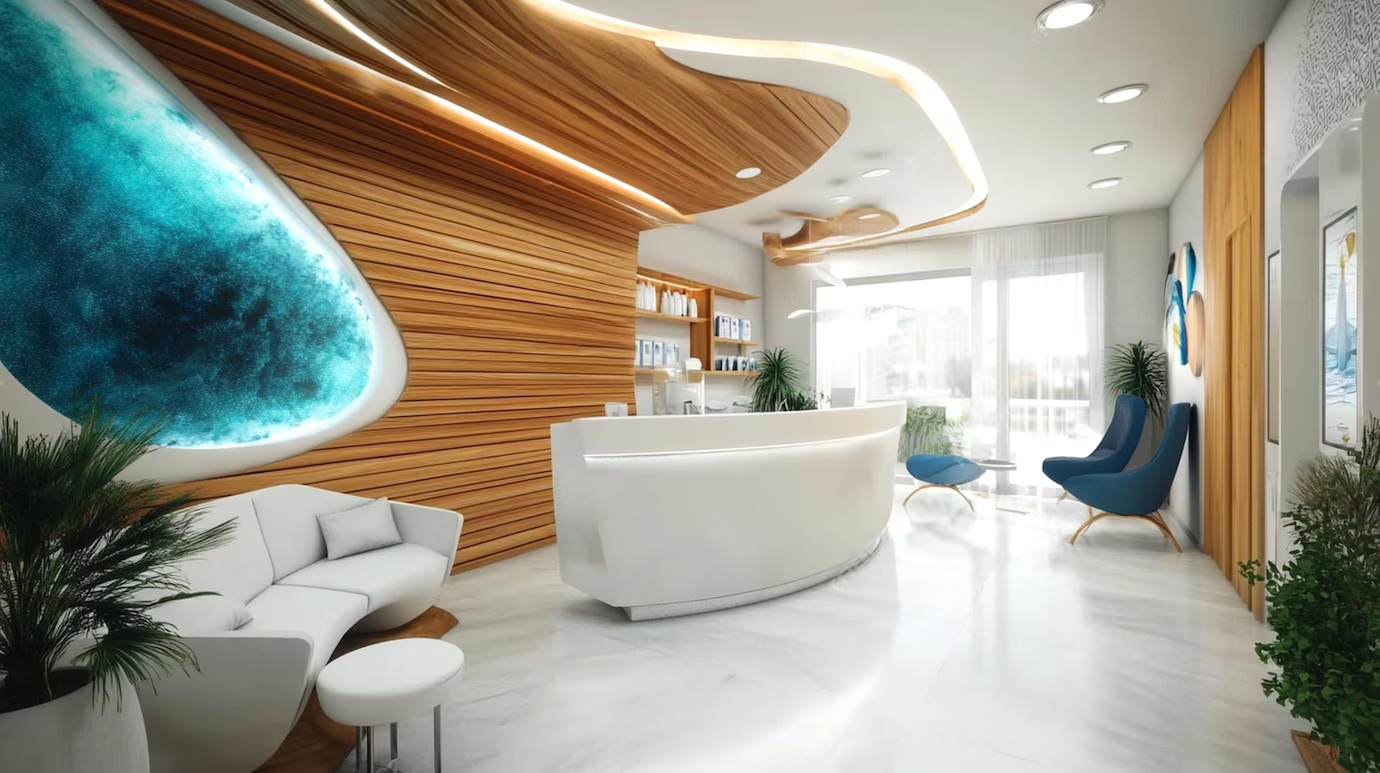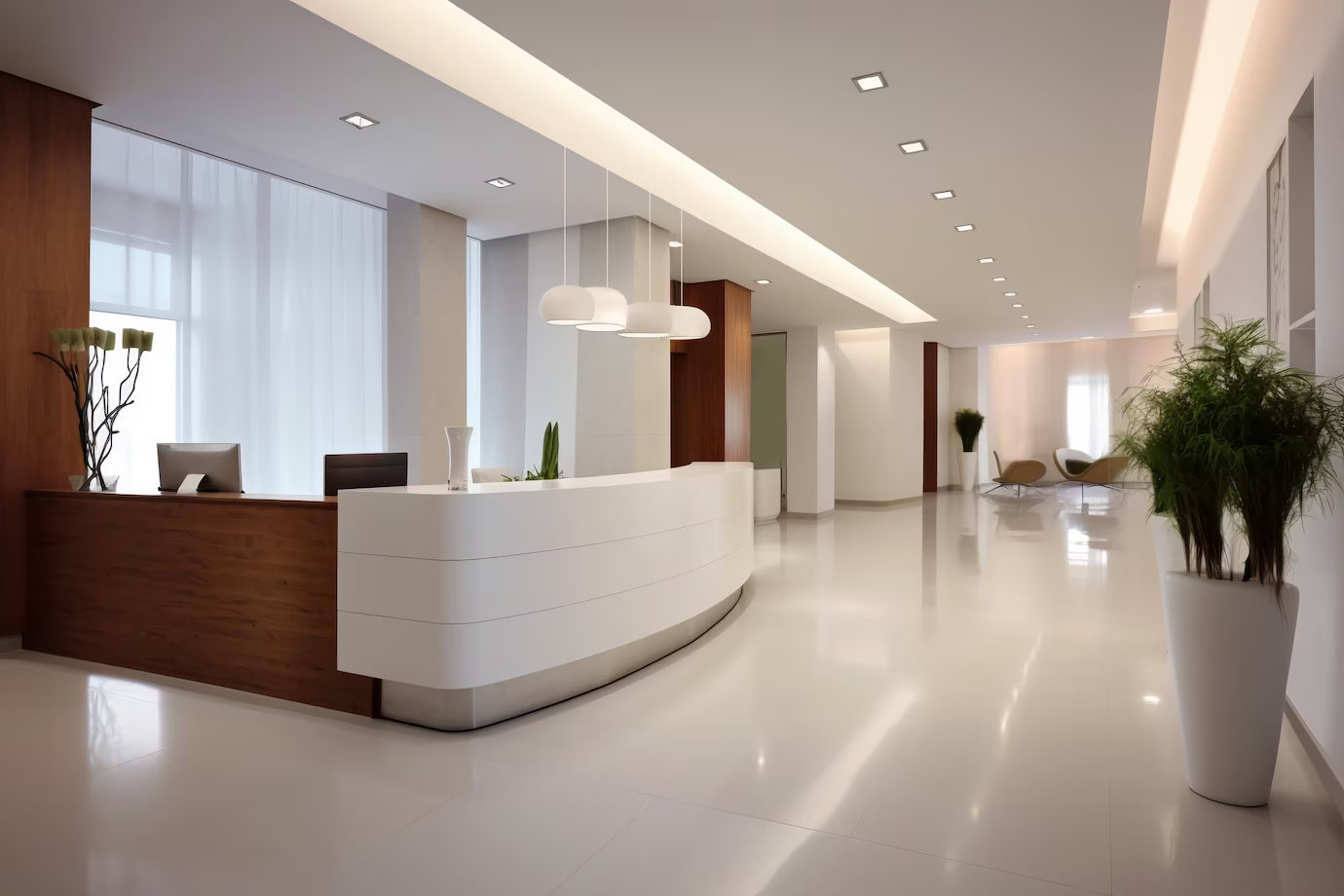Health Care Interior Design
HEALTH CARE INTERIOR DESIGN SERVICE
Transforming Spaces for Healing the Power of Health Care Interior Design
In the realm of health care, the spaces we design hold the potential to significantly impact patient outcomes, staff efficiency, and overall well-being. Gone are the days of sterile, uninviting environments. Today, healthcare interior design is a dynamic field focused on creating spaces that promote healing, offer comfort, and enhance functionality.
Whether it’s a bustling hospital or a quiet dermatology clinic, interior design plays a crucial role in shaping the experiences of patients and staff alike. This blog post explores the exciting world of healthcare interior design, offering insights into how thoughtful design decisions can transform medical spaces into healing environments.


Understanding Health Care Interior Design
The concept of healthcare interior design encompasses a wide array of principles and practices aimed at improving the aesthetic and functional aspects of medical facilities. It’s not just about making a space look pleasing; it’s about crafting environments that cater to the unique needs of healthcare institutions.
Incorporating elements such as ergonomics, safety, and accessibility, healthcare interior design aims to create spaces that support both patients and medical professionals. These principles are applied across various settings, from clinic interior design to large hospital interior design projects.
Aspects which we cover
- Patient-Centered Design
- Ergonomic and Safe Layouts
- Flexible and Adaptable Spaces
- Acoustic Design for Noise Reduction
- Accessibility and Inclusivity
- Enhanced Lighting and Visibility
The Impact of Design on Patient Experience
The influence of interior design on patient experience cannot be overstated. A well-designed medical centre can alleviate anxiety, promote relaxation, and even accelerate healing. Natural light, calming colours, and comfortable furnishings are just a few examples of design elements that enhance patient well-being.
Consider a dermatology clinic design that incorporates soothing pastel colours and nature-inspired artwork. These choices create a welcoming atmosphere, making patients feel more at ease during their visits. Such thoughtful design decisions directly contribute to improved patient satisfaction and emotional comfort.
Creating Functional Spaces for Medical Staff
While patient experience is paramount, it's equally important to focus on the needs of medical staff. Efficient and functional design elements can greatly impact the productivity and satisfaction of healthcare professionals. From ergonomic workstations to intuitive layouts, medical center design should prioritize the needs of its staff.
A well-organized hospital interior design, for instance, can streamline workflows and reduce stress among healthcare providers. By optimizing spaces for ease of movement and accessibility, designers contribute to a more efficient and harmonious work environment.
Balancing Aesthetics and Practicality
Achieving a balance between aesthetics and practicality is a hallmark of successful healthcare interior design. While creating visually appealing spaces is essential, functionality should never be compromised. Designers strive to integrate elements that enhance both form and function.
In clinic interior design, for example, modular furniture can provide flexibility and adaptability to accommodate different medical procedures. Similarly, hospital interior design can incorporate durable yet attractive materials that withstand the demands of a healthcare setting while maintaining an inviting appearance.




